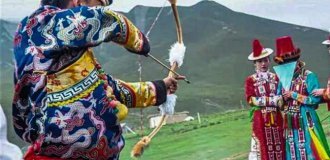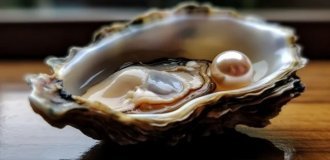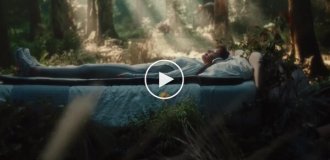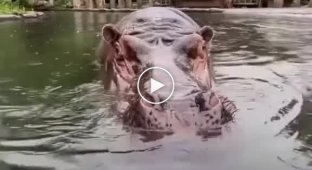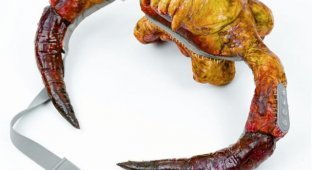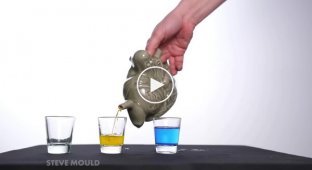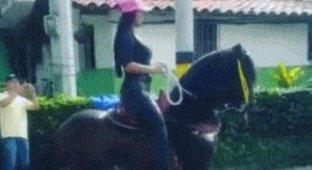10 fascinating facts about life in the past and present (11 photos)
"Without the past there is no future." The author of this expression is already found, but he was definitely right. 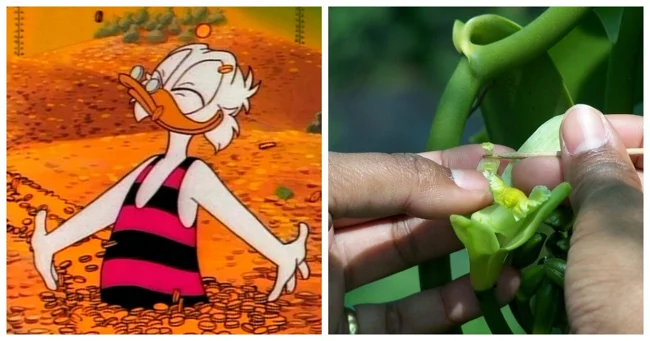
And in order to build their lives today and tomorrow, people need to remember yesterday. Especially since there are a lot of interesting and informative things in the historical past.
1. Gold Reserves 
All the gold ever mined or collected would not be enough to fill 4 Olympic swimming pools.
2. Unexpected Rescue 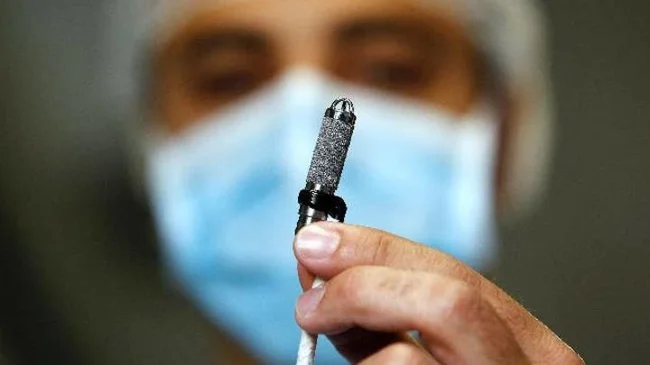
In 2012, Italian doctors saved the life of a 16-month-old boy by implanting the world's smallest artificial heart, which kept the baby alive until a donor was found for the transplant.
3. Mutual Hatred 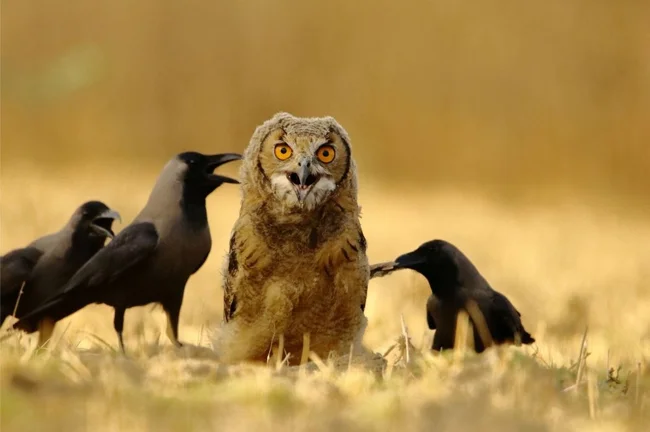
Crows and owls hate each other and instinctively attack each other on the spot, even if they have not encountered each other before.
4. Complete Mismatch 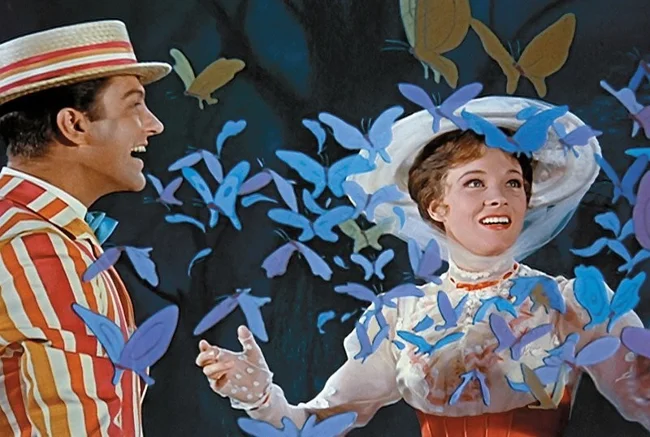
Mary Poppins author P.L. Travers hated the film adaptation of her book so much that she cried through most of the premiere and wouldn't let Disney touch the rest of the series.
5. Vanilla Wedding 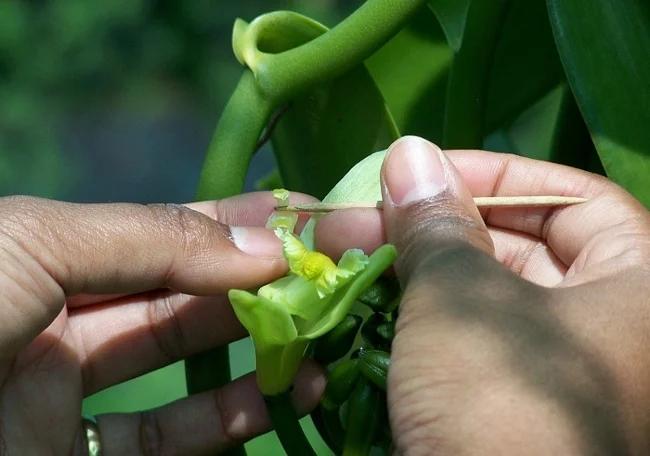
Vanilla flowers open only once for 2-3 hours and require manual pollination to produce beans. In nature, vanilla is pollinated by meliponite bees - stingless bees that live in the tropical forests of Asia, Africa and South America. The method of manual pollination was invented by a slave boy, Edmond Albius, in 1841.
6. Amazing feature 
Hyperthymesia is a condition in which people remember every detail of their lives. People with such a phenomenal ability can reproduce a huge number of details from their past, be it events, conversations or even fleeting emotions. The exact causes of hyperthymesia have not yet been determined.
7. Plush Helper 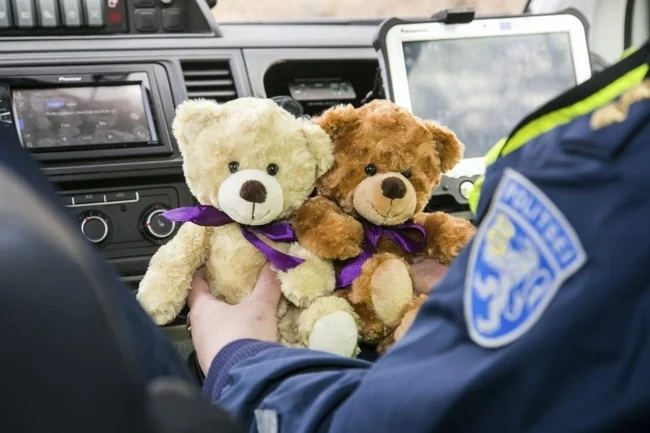
Every Dutch police car has a teddy bear in case they have to calm a scared or injured child.
8. Unexpected Taste Preferences 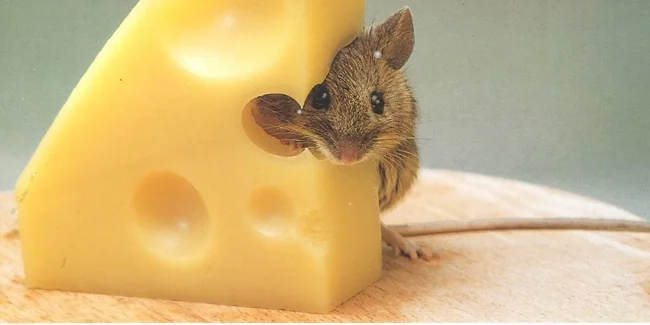
Mice don't have a particular fondness for cheese, contrary to popular belief. They even avoid certain varieties that emit aromas that are too strong for the keen sense of smell of mice. The myth about mice's love of cheese probably appeared in the Middle Ages. They tried to hide the products, but cheese needed fresh air, so the only protection for it was a light cloth or a layer of wax. It is clear that hungry rodents feasted on what was closest, leaving clear teeth marks on their heads, which gave rise to the misconception. While in reality mice prefer grain, fruit and do not disdain sweets.
9. The First Autopsy and Its Results 
The body of Julius Caesar became the object of the earliest known autopsy. Of the 23 knife wounds recorded, only one was potentially fatal. The doctor declared death "mostly from blood loss."
10. Samurai Women 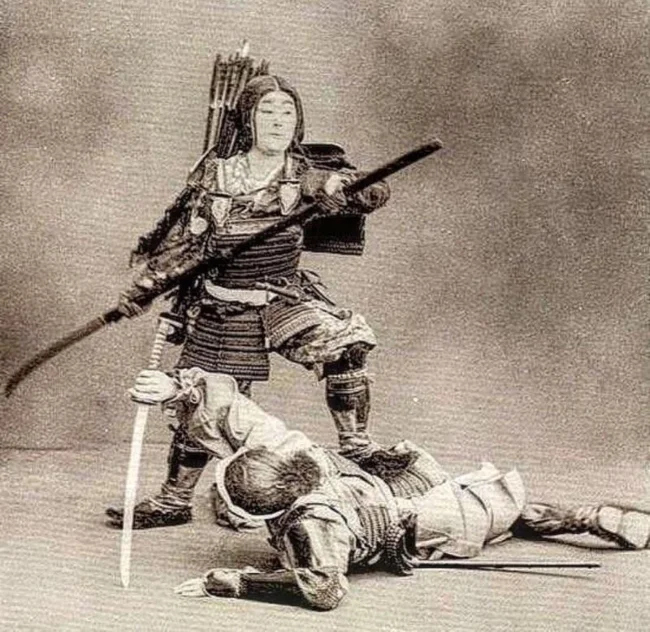
Onna-bugeisha - a woman belonging to the samurai class in feudal Japan and trained in the use of weapons, was the equivalent of a male samurai. Onna-bugeisha usually did not take part in battles, but had weapons and skills to protect the home. They even had an equivalent of male seppuku - the ritual of jigai. Japanese women did not rip open their stomachs, but cut their throats.





